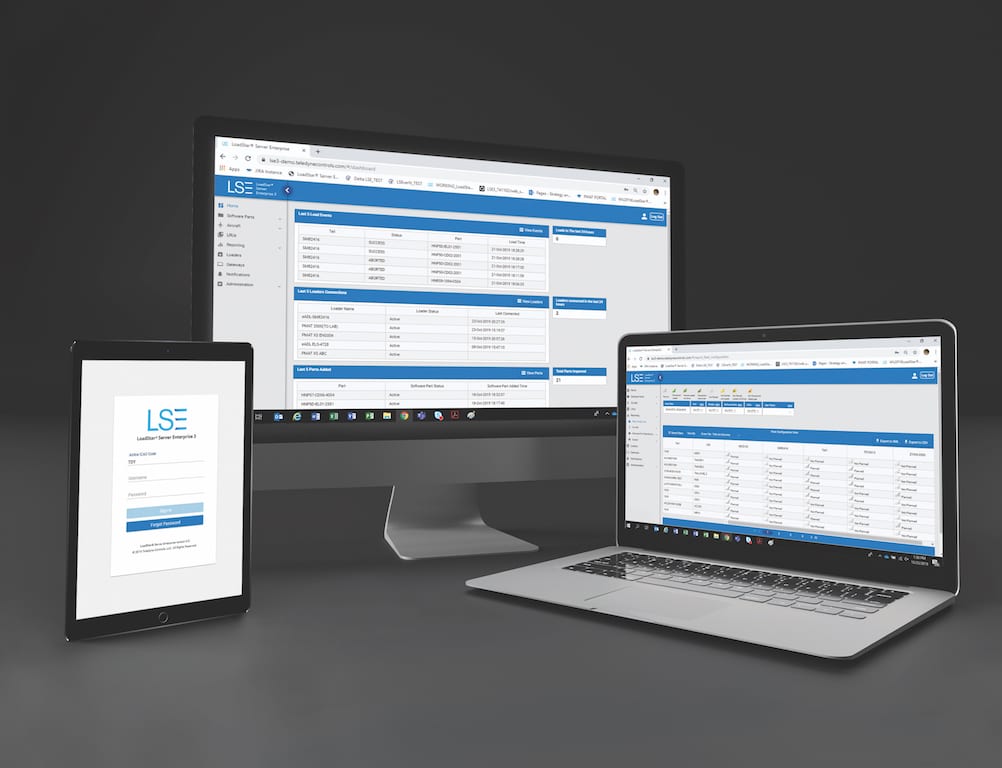
Teledyne Controls believes its new Loadstar Server Enterprise can eliminate the use of floppy disks by aircraft maintenance technicians. Photo: Teledyne Controls
A new software configuration management and distribution tool, Loadstar Server Enterprise 3 (LSE 3), has the potential to eliminate the use of floppy disks and other physical media still being used by airline maintenance technicians for software loadable aircraft parts.
LSE 3 is the third-generation update of the Teledyne Controls LSE technology, which gives airlines the ability to manage the configuration, storage and electronic distribution of field loadable aircraft software and data, such as navigation databases or applications necessary to control aircraft systems and flight functions. Despite technological advancements in physical media and the increasingly digitally wireless nature of modern airplane data acquisition systems, a significant number of airlines are still using floppy disks for software parts loading, Craig Aitken, senior director of data loading solutions for Teledyne Controls told Avionics International.
How do airlines go from using floppy disks to LSE 3? Aitken said that as the process for OEMs delivering software parts to airlines moves away from floppy disks and becomes increasingly electronic, the parts can be transmitted to LSE 3. Once an airline’s engineering team assigns the parts to specific tail numbers and LRUs, LSE 3 then automatically distributes the parts to the airborne loaders used to transfer the parts to the aircraft’s operating system.

Above: Teledyne shows what the aircraft data loading process is like without the use of a tool like LSE 3. Below: Teledyne shows the same process with LSE 3. Photo: Teledyne Controls

“Software parts are delivered to the airlines on media (e.g. floppy disks) from the OEMs and increasingly software parts can be electronically transferred from OEM Portals,” Aitken said. “After loading software parts into LSE 3 from media, such as floppy disks, the media is no longer required for data loading. Media would be disposed of according to internal airline policy.”
Aitken said LSE 3 also gives airlines the ability to wirelessly transfer their software parts directly to their aircraft from LSE 3. As shown in the workflows infographic below, LSE3 has the potential to eliminate some of the most cumbersome aspects of software data loading. LSE 3 can connect to ethernet, cellular or WiFi, to ARINC 615-3 and ARINC 615A portable data loaders.
The new tool is also capable of tracking the use of automated load reporting and software part distribution once an upload is complete.
“There are 45 airlines using the current version of LSE. We just launched LSE 3 and there are 7 customers being setup to use LSE 3 today. LSE supports most legacy Airbus and Boeing aircraft flying today as well, such as the A319, A320, A321, A330, A340, A350, A380 and 737, 747, 757/767,” Aitken said.